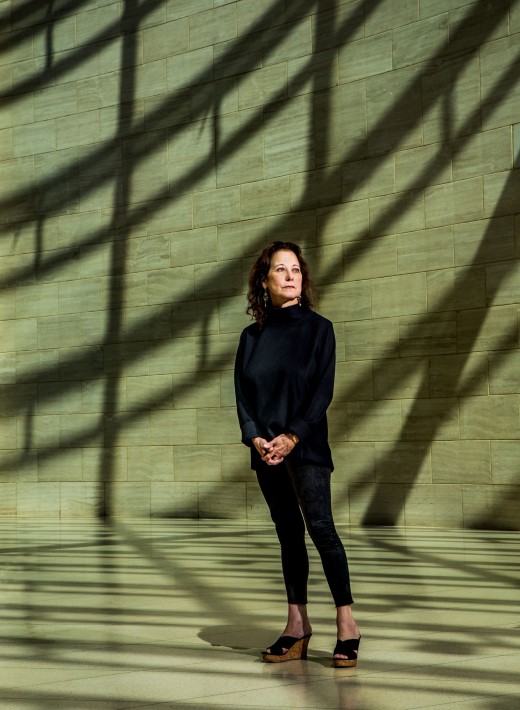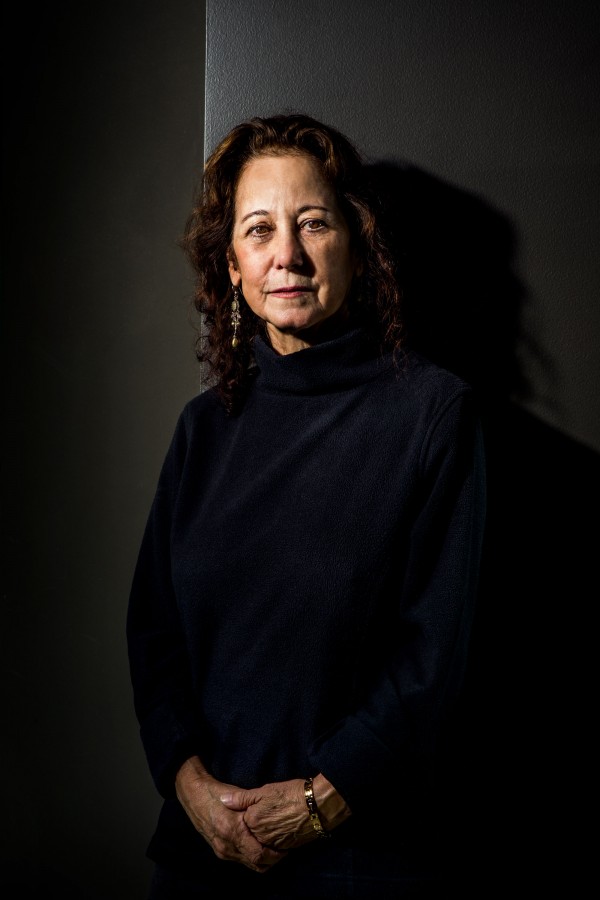Finally, the drug that keeps you young
Anti-aging pioneer Judith Campisi explains how a recent breakthrough could ward off age-related disease.

Judith Campisi has been a leading figure in the biology of aging since the early 1990s, when her research on the basic mechanisms of cancer revealed an unexpected finding—that cells enter a phase known as senescence that prevents them from becoming cancerous. More than 25 years later, the insight has led to a new kind of drug that may slow or modestly reverse human aging.
Campisi’s research is on the role of cellular senescence in cancer and other age-related diseases. Senescent cells undergo a transition into a twilight state where they are still active but no longer dividing; research by Campisi and others showed that this was a strategy to derail incipient cancers, which are characterized by runaway cell division and growth. But she and others also discovered that these senescent cells accumulate as we grow older, secreting an array of molecules that promote the tissue degradation associated with aging.
In the past five years, this insight has led to the pursuit of a new class of drugs known as senolytics, which eliminate senescent cells and, in animal experiments, restore more youthful characteristics. Campisi, a professor at the Buck Institute for Research on Aging in Novato, California, cofounded a company called Unity Biotechnology in 2011, which launched a human trial of its first senolytic drug last July.
She recently discussed her work with Stephen S. Hall, a journalist who has been following anti-aging work for more than two decades.
Why should we suddenly get excited about anti-aging drugs again?
There are now tools available to biomedical scientists that simply didn’t exist when I was a graduate student or even a postdoc. So we’re finally able to do experiments that were either considered impossible in some cases or were just dreams 20 or 25 years ago. The other thing that has changed is that the field of senescence—and the recognition that senescent cells can be such drivers of aging—has finally gained acceptance. Whether those drugs will work in people is still an open question. But the first human trials are under way right now.
How specifically does senescence contribute to aging?
The correct way to think about senescence is that it’s an evolutionary balancing act. It was selected for the good purpose of preventing cancer—if [cells] don’t divide, [they] can’t form a tumor. It also optimizes tissue repair. But the downside is if these cells persist, which happens during aging, they can now become deleterious. Evolution doesn’t care what happens to you after you’ve had your babies, so after around age 50, there are no mechanisms that can effectively eliminate these cells in old age. They tend to accumulate. So the idea became popular to think about eliminating them, and seeing if we can restore tissues to a more youthful state.
You’ve suggested that health care could be transformed by senolytic drugs, which eliminate senescent cells. That’s a pretty broad claim.
If we think of aging as a driver for multiple age-related pathologies, the idea would be that a new generation of physicians—we call them geriatricians today—will take a much more holistic approach, and the interventions will also be more holistic. That’s the idea—it would revolutionize the way we’re thinking about medicine nowadays. And just to remind you, 80% of patients in the hospital receiving acute medical attention are over the age of 65. So the idea is that senolytics would be one weapon that geriatricians will have in their arsenal of weapons to treat aging holistically as opposed to one disease at a time.

There is a debate about whether there’s a biological limit to the human life span, about 115 years, or whether maximum life span could be extended as long as 130, possibly 150 years. What do you think?
At present, we simply don’t know enough to know whether it will even be possible to extend maximum human life span. Average life span? No problem—it’s already been done. But maximum life span? We just don’t know.
If you look at C. elegans, a little worm, the world record for extending the life span of that animal is 10-fold. For humans that would be unbelievable, right? A thousand years. But if you go up the evolutionary scale just a little bit, to the fruit fly Drosophila, it’s maybe twofold. And then if you go to a mouse, most of the really high-profile papers extend its life span maybe 20%, sometimes 30%. So think about the difference between a mouse and a human. We’re something like 97% genetically identical, meaning we have the same genes. And yet there’s a 30-fold difference in our life span.
So it seems to me that in order for evolution to evolve a 30-fold difference in life span with so few really clear genetic differences, evolution maybe had to tweak hundreds, if not thousands, of genes. It’s unlikely at the present time that we will find a single drug that’s going to be able to do what evolution did.
Some Silicon Valley enthusiasts have been saying that life-span extension up to 500 or 1,000 years is feasible.
Well, it’s religion. It’s not science. I mean, that’s all I can say. It’s based on belief, not based on any data. People are certainly welcome to believe whatever they want to believe. But it doesn’t make it true!
You’ve frequently emphasized that aging is a complex process, and that modifying it is not going to be quick or easy. Yet we all yearn for a solution.
Again, don’t confuse aging and death. I am optimistic that we will experience medical interventions that will extend—the buzzword now is “health span.” I think what terrifies people—certainly what terrifies me—is watching, for example, my mom, who is well into her 90s. She’s losing cognitive function, she doesn’t walk as well—and she’s in pretty good shape! There are lots of people at her age who are confined to wheelchairs. That’s aging, and that’s terrifying. I am optimistic that we’re on the cusp of understanding enough about that process to be able to intervene. And that people like us, who are not at that point, will benefit.
But we’re still going to die. I’ll remind you of the mouse models, where we eliminate senescent cells. There’s a significant increase in median life span, but there’s no increase in maximum life span. In a way, the mice died healthier. I think that’s the goal, and I think that that’s what the venture capitalists are hoping for, because that will be the kind of intervention that will be broadly applicable and will be very desirable. The conflict is with those who think that we’re going to live to be 200 or 300 or more years old. That’s not realistic at this point.
Let’s say we are successful at slowing down or reversing aging, or extending health span. Are there any social or cultural impacts that you have concerns about?
No. In my lifetime, the population of the earth has not quite doubled, but it’s getting there. That’s unsustainable. The truth of the matter is, not having people die is not going to add much to the population of the earth the way the current rate at which we’re producing new people is ruining the earth. So I think that this is ridiculous.
So I really don’t see a downside to this. There are problems, but I don’t think extending health span is going to exacerbate those problems.
No hay comentarios.:
Publicar un comentario